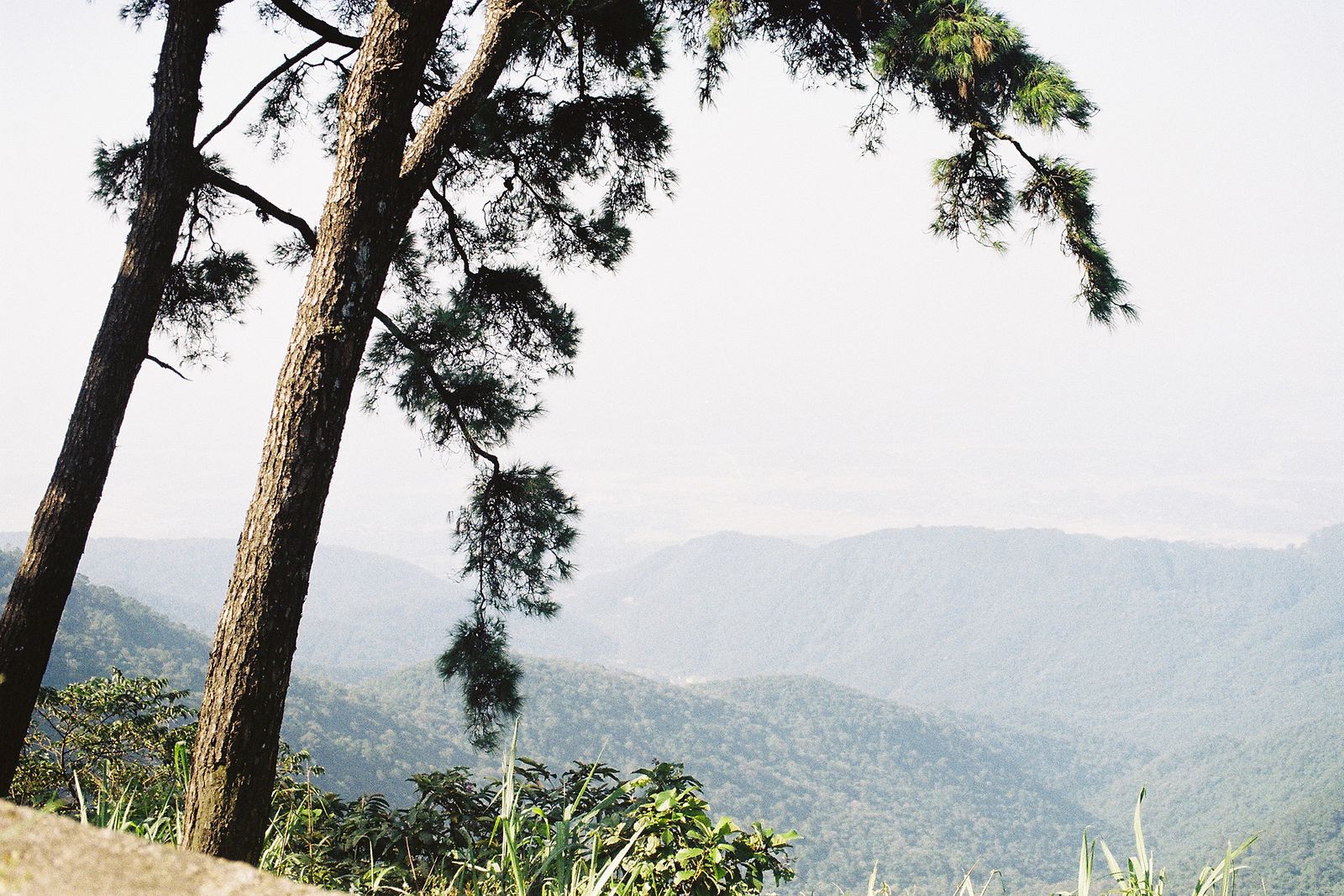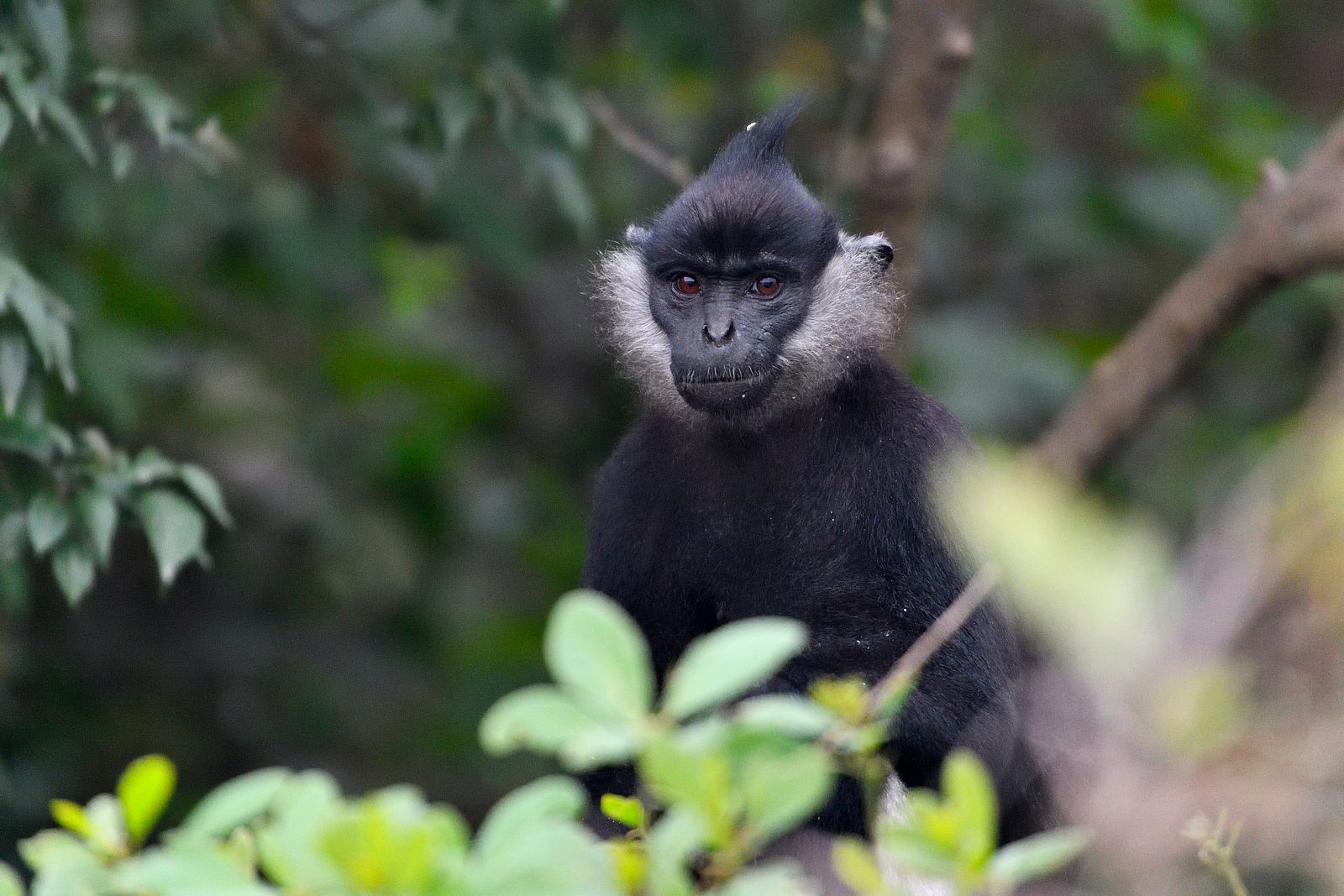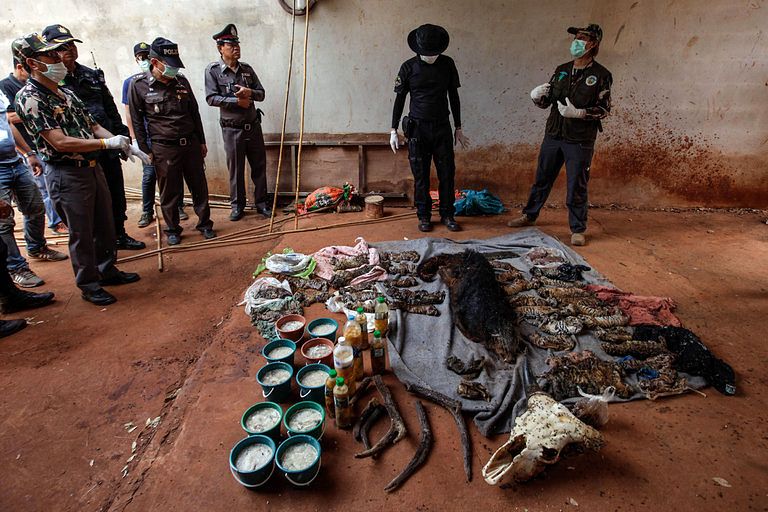It's no secret that the Mekong Delta is in dire straits. Between hydroelectric dams, drought, sinking land and the region's ever-increasing salinization, farmers in the west are facing heavy losses this year.
None of this is new information. For years now, experts have warned of the heavy impact that could be brought on by rising sea levels and sinking land, a phenomenon brought on by over-extraction of the region's groundwater.
Now, however, the grave circumstances in the Mekong Delta are beginning to produce climate refugees, a term used by VnExpress last week to describe the workers who have left Soc Trang and Ca Mau provinces in search of employment. Those who set off looking for work often head to Saigon, while those who stay behind – children and the elderly – are left to fend for themselves with limited resources.
“In previous years, we could make ends meet by renting land for farming,” 52-year-old grandmother Thach Thi Hoa told VnExpress. “In some bumper crops, we could make enough money for a year-subsidence.”
“This year’s salinity has been storm sweeping through our poor village, taking away our means of livelihood,” she continued.
According to Truong Huu Can, deputy chairman of Soc Trang's Hoi Trung People's Committee, around 100 people have left the province in search of better employment.
With salinization creeping as far as 90 kilometers inland, according to Reuters, crops have died, land has dried up and the region which produces half of Vietnam's rice and 60% of its shrimp and fish is recording sharp losses. So far, estimates put the economic hit in the trillions of dong. Overall, Vietnam's losses this year in rice, pepper, fish, shrimp and coffee exports hover around VND5.57 trillion (US$249.87 million), 70% of which comes from the Mekong Delta.
As the country faces its most expensive weather-related disaster on record, countries like China and Laos have come to the region's aid, releasing water from their hydroelectric dams in an effort to help drought-stricken farmers down south, however this help pales in comparison to the Delta's woes. With at least 39 new hydroelectric dams in the works throughout the 4,900-kilometer Mekong River, this could be, as Reuters puts it, the “new normal” for Vietnam's western region and most important source of food security.
“In the context of climate change, this kind of crisis (in the Mekong Delta) is forecast to happen more often, for example it could be once in 20 years instead of once in 90 years,” Nguyen Huu Thien, an expert on the Mekong Delta's ecology, told Reuters.
While the Delta's deteriorating environment spells immediate danger for the region's residents, an influx of people in Saigon and the loss of the country's most fertile area stand to pose a much larger threat to Vietnam's food security.
[Photo viaWeather Underground]














